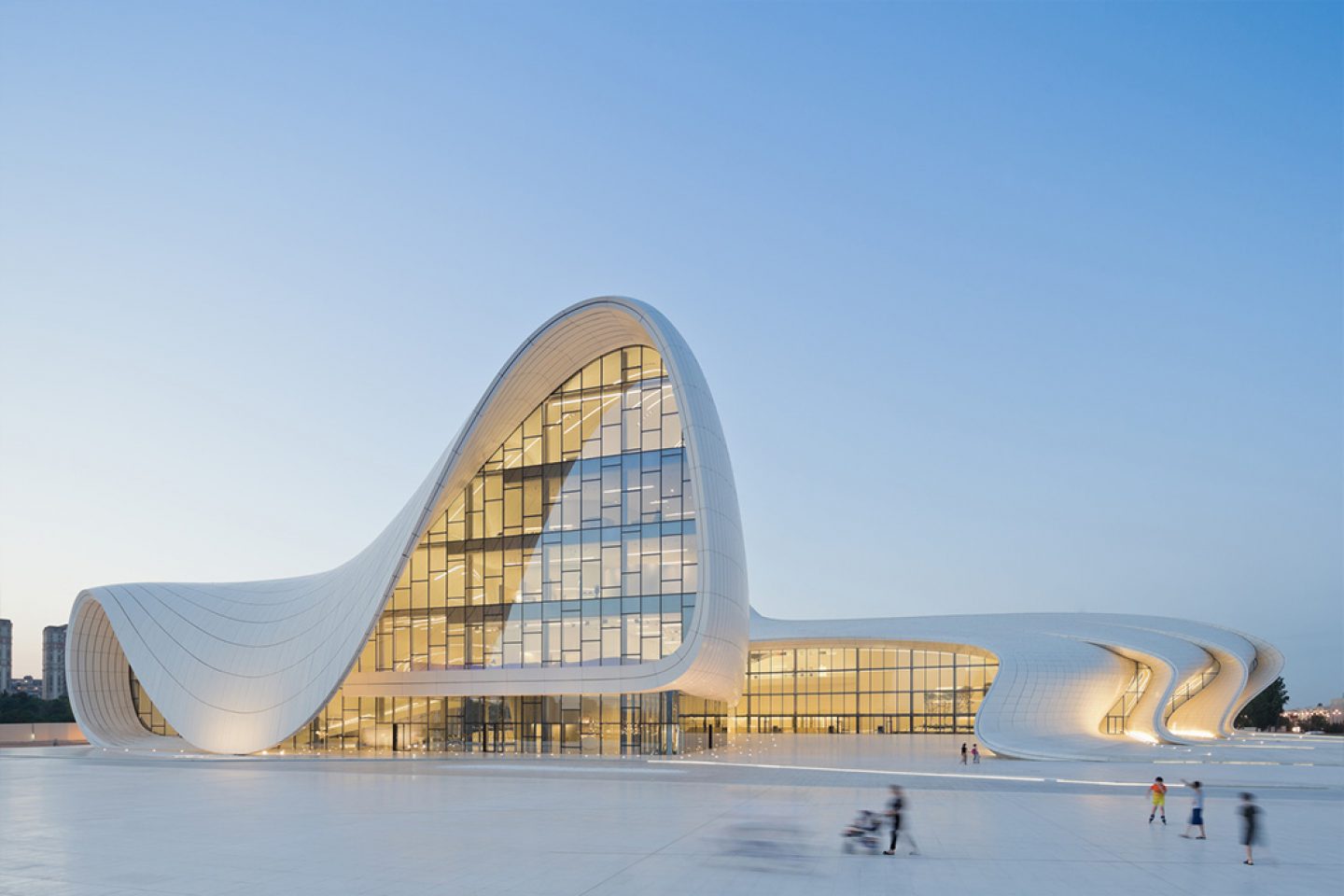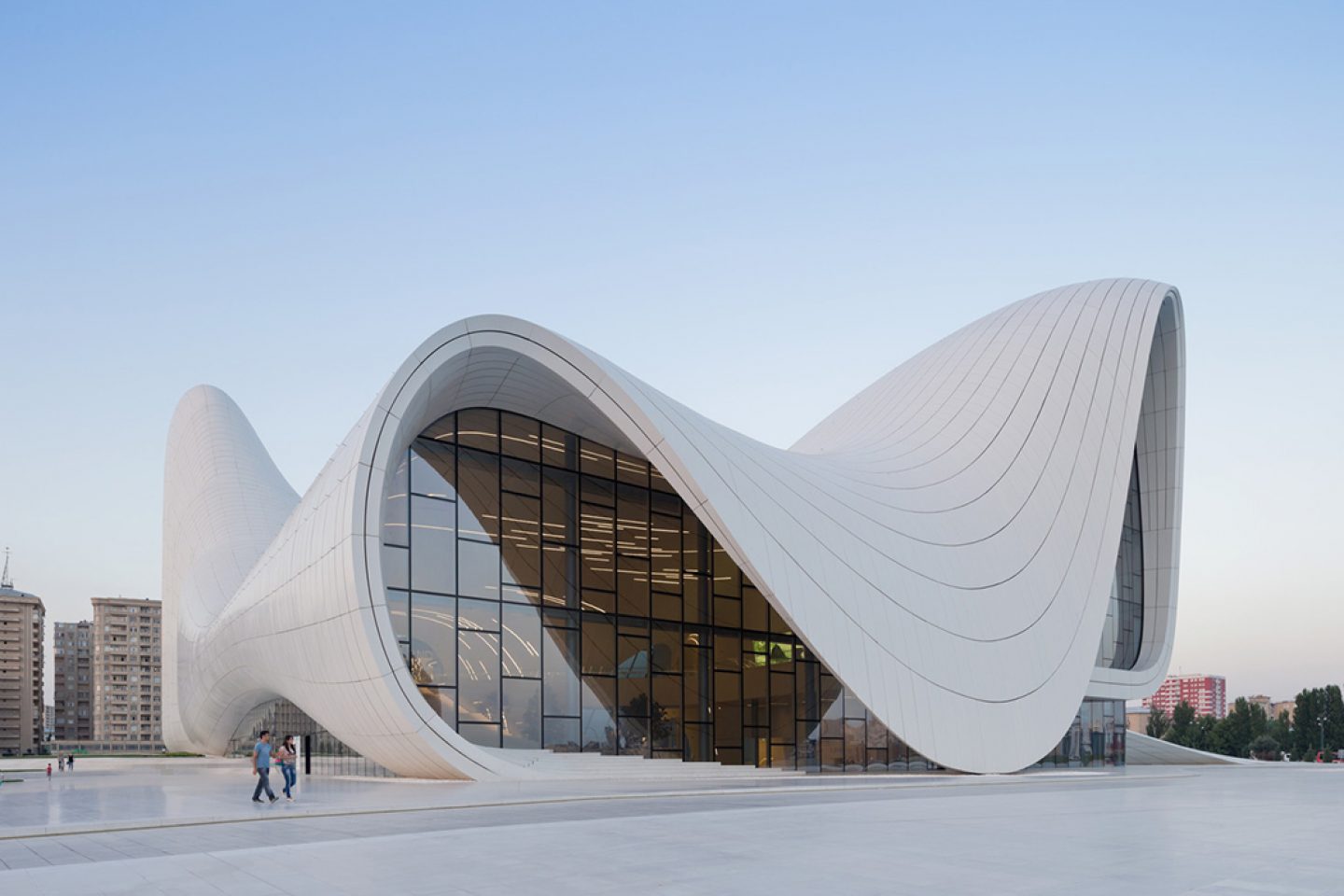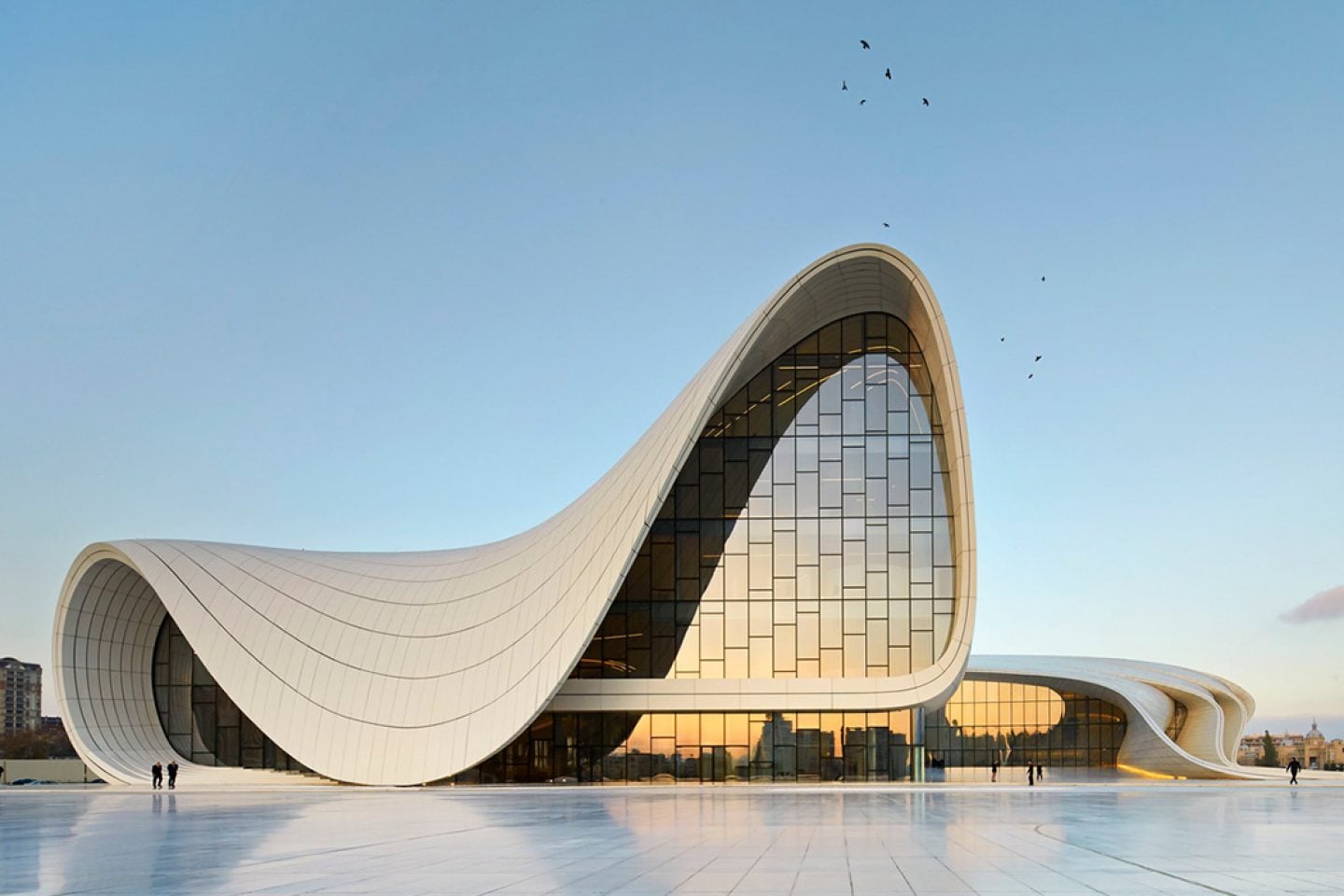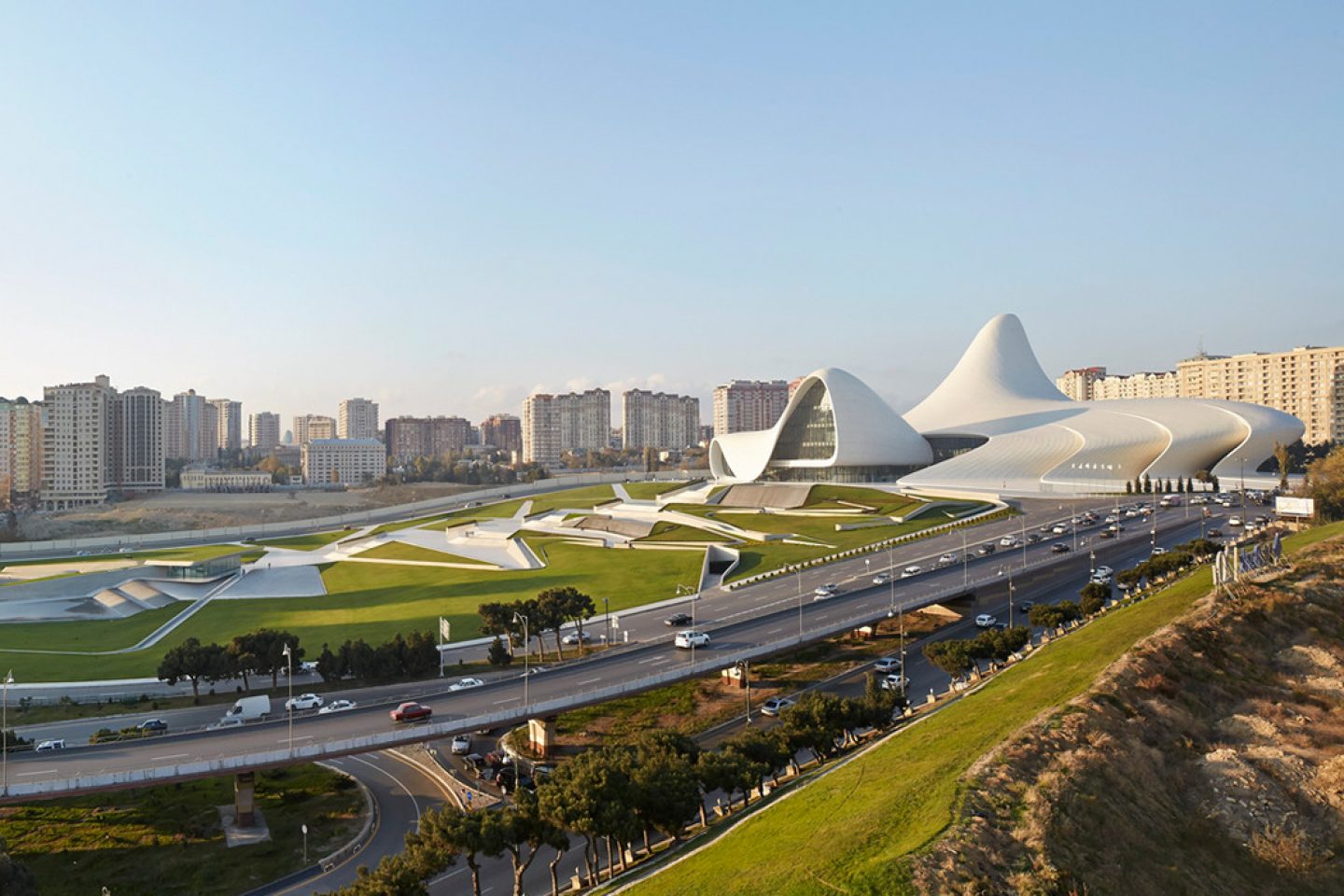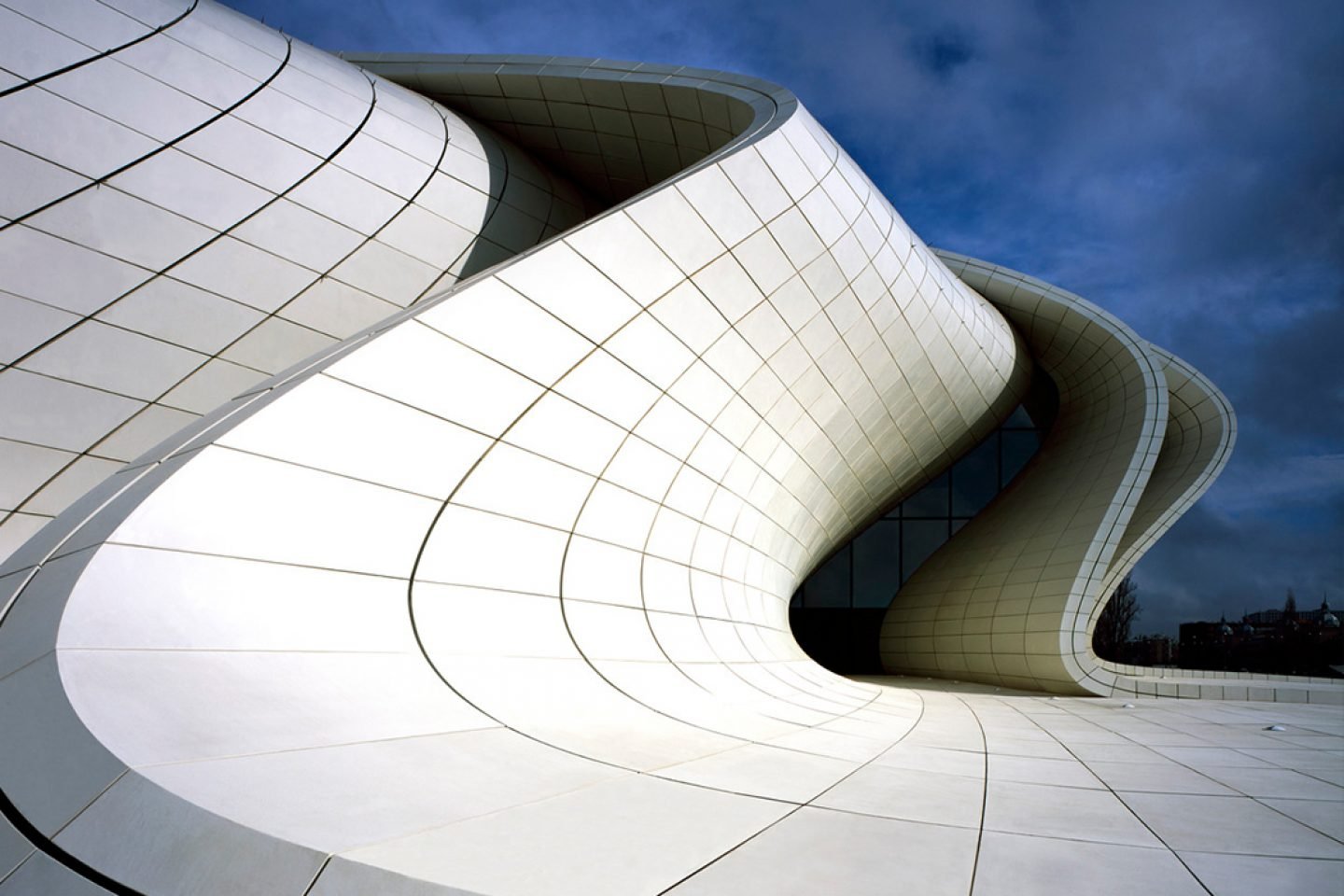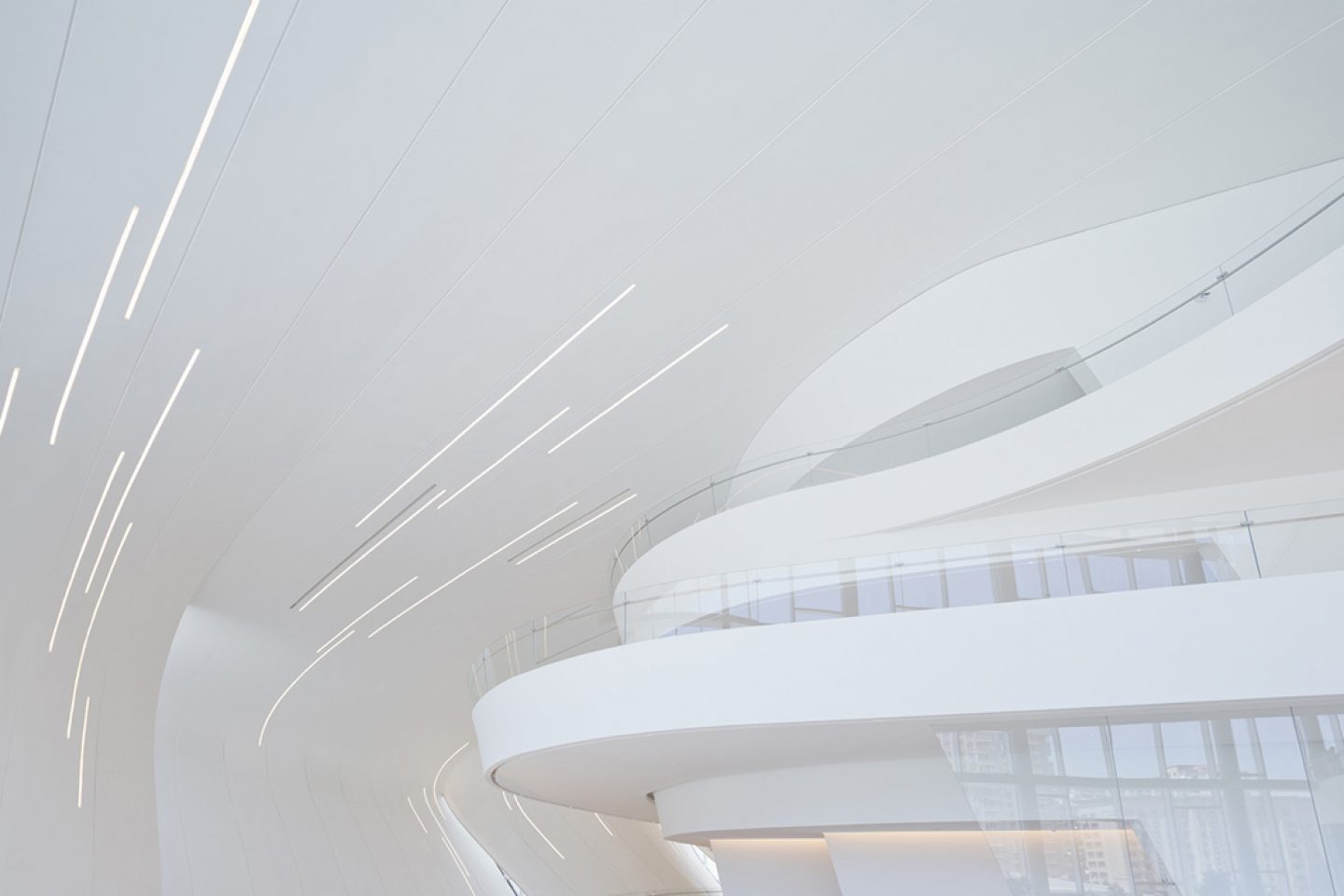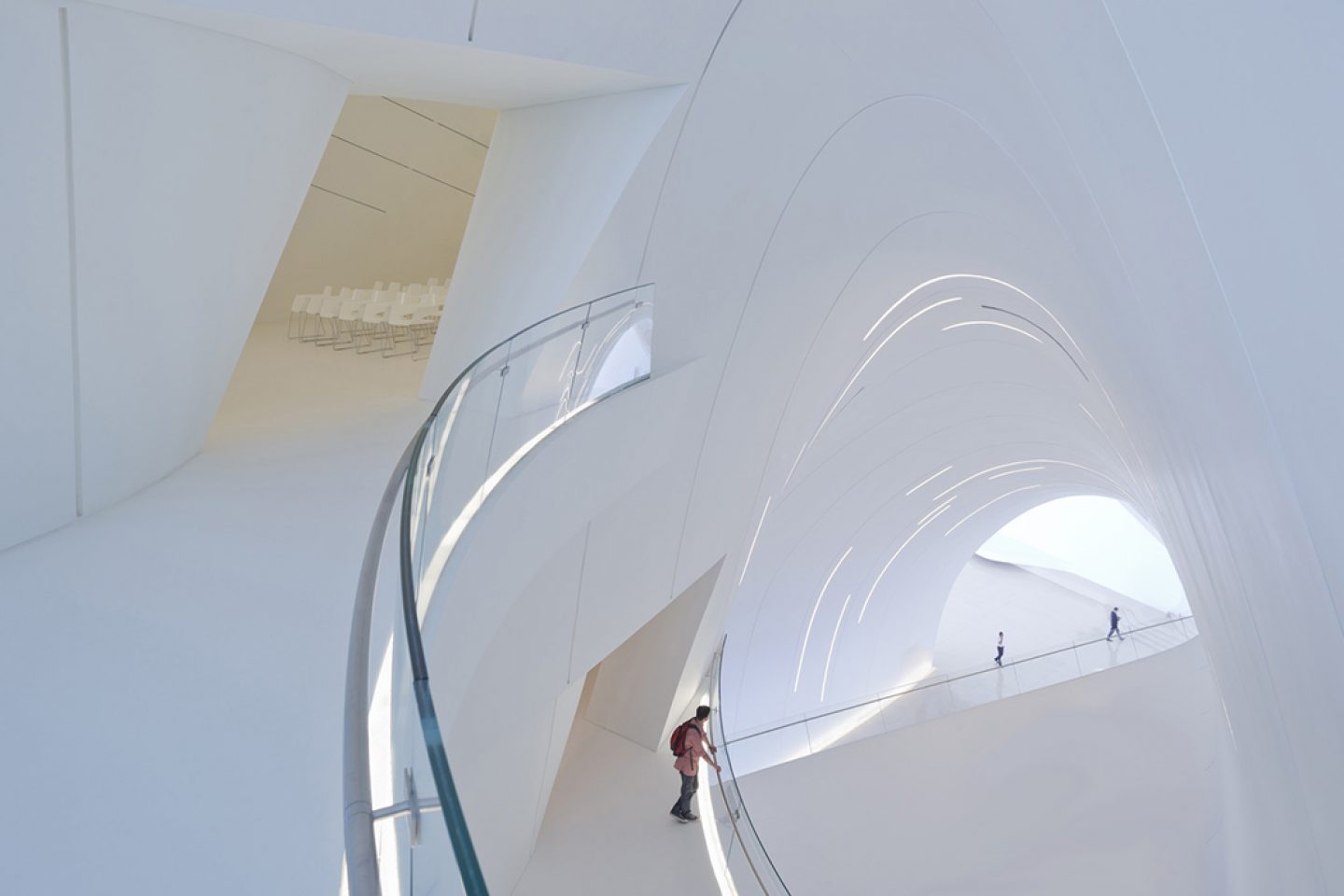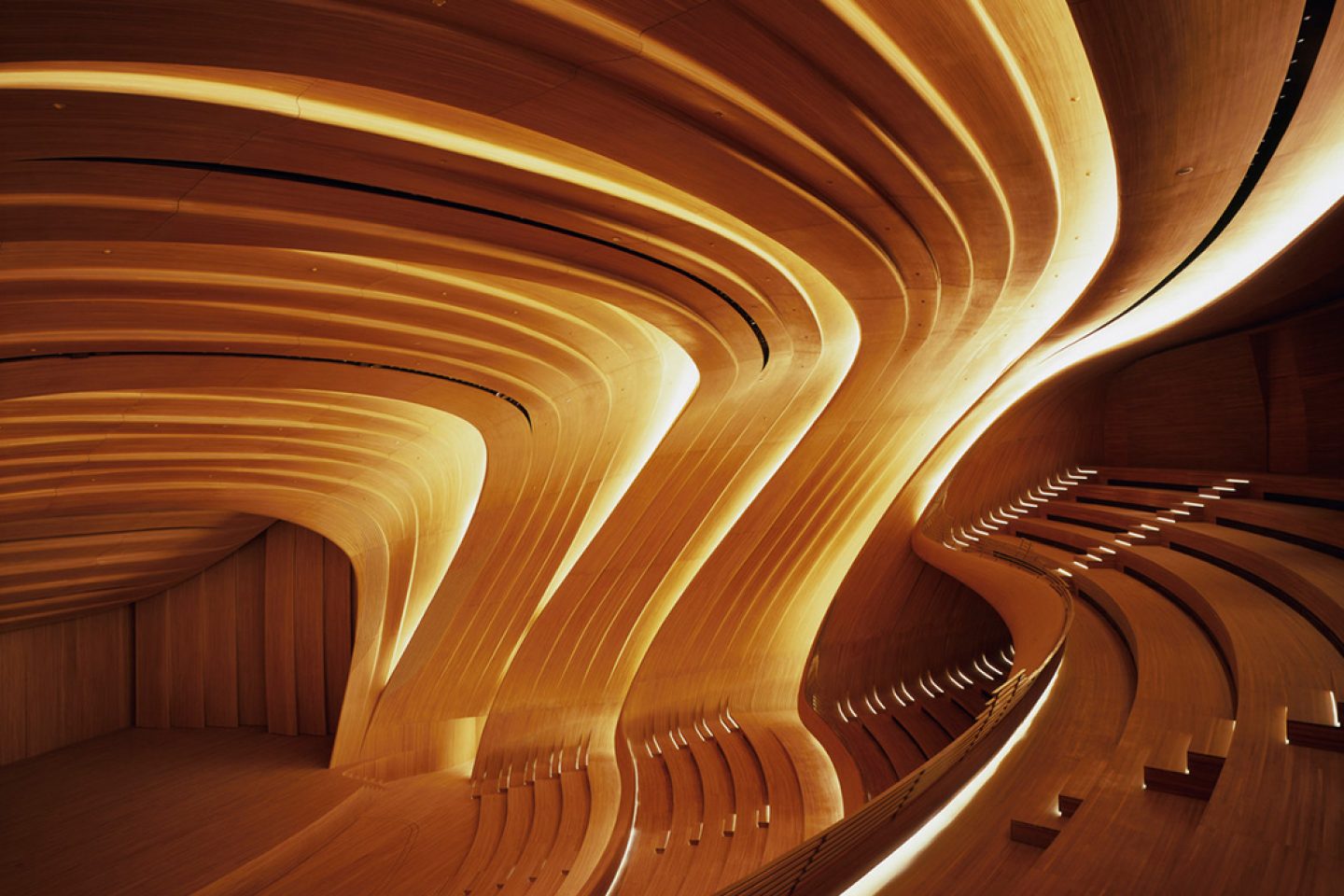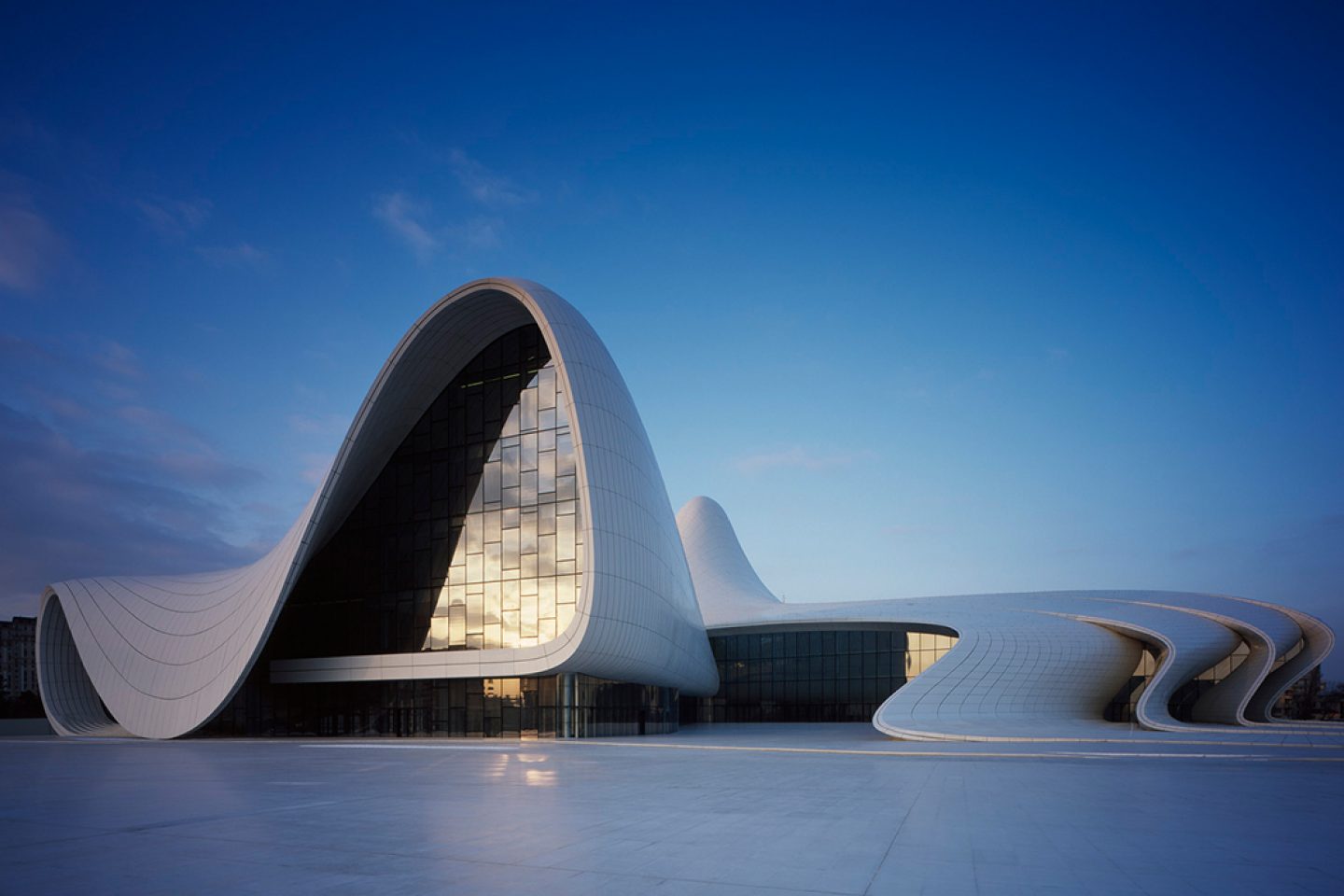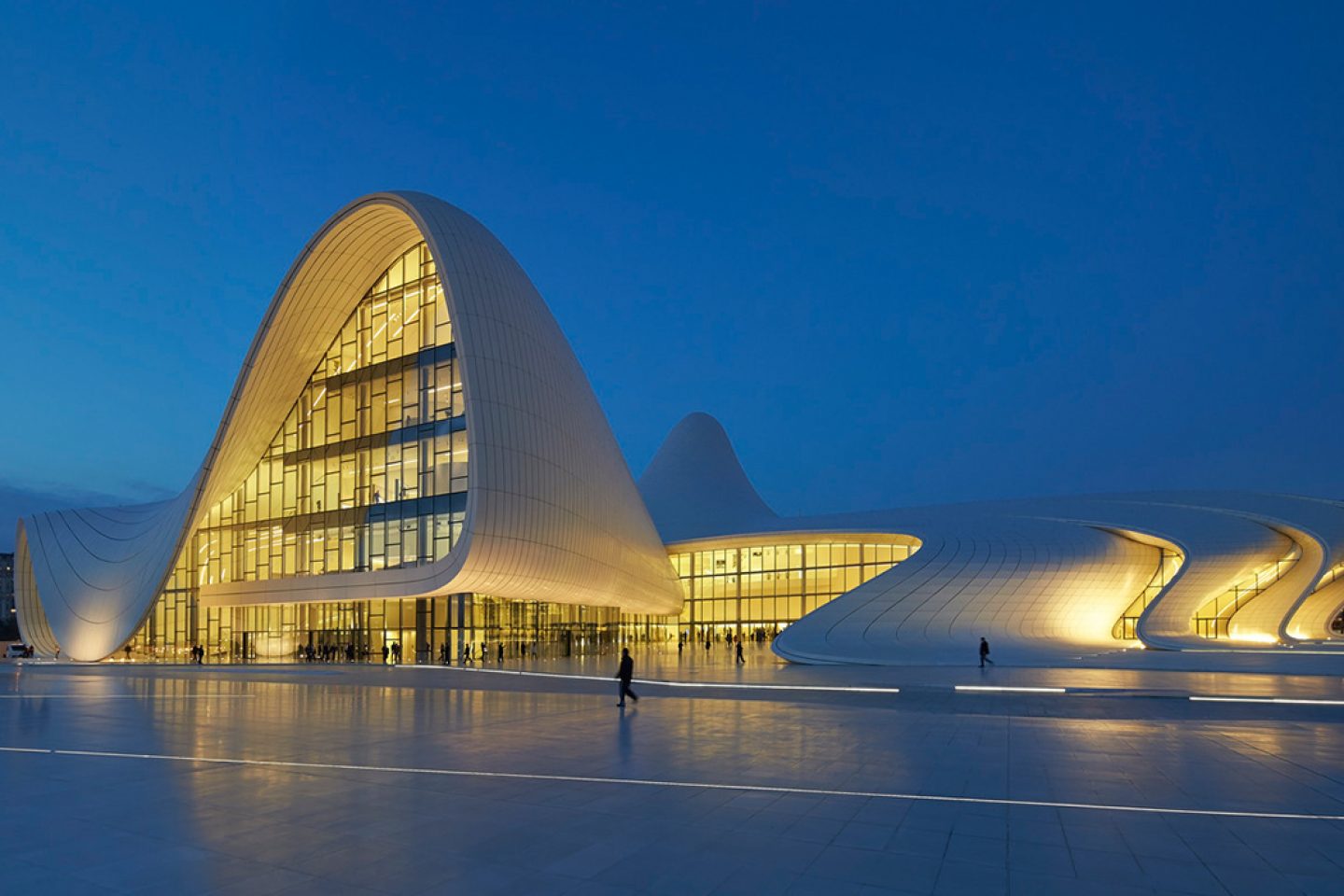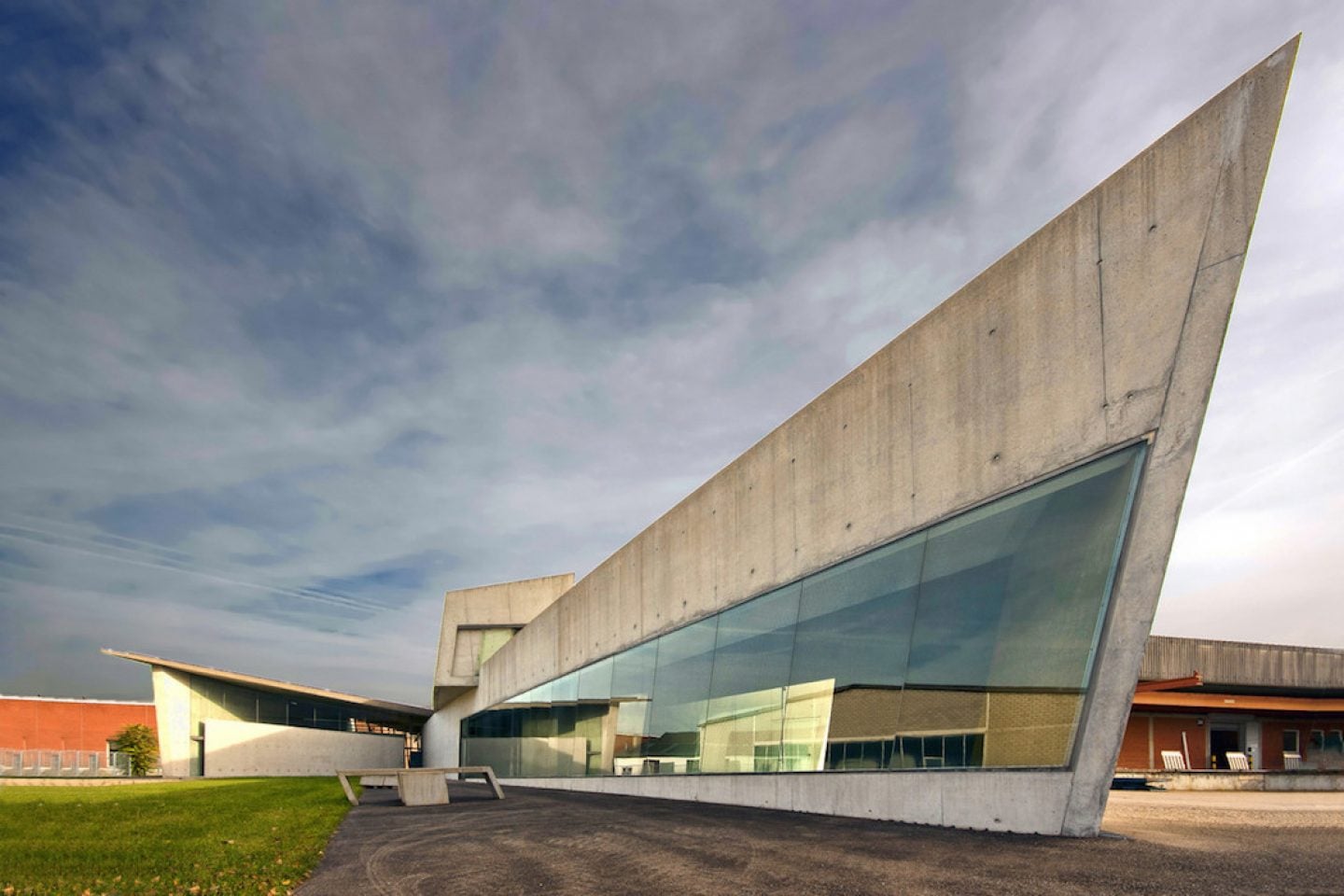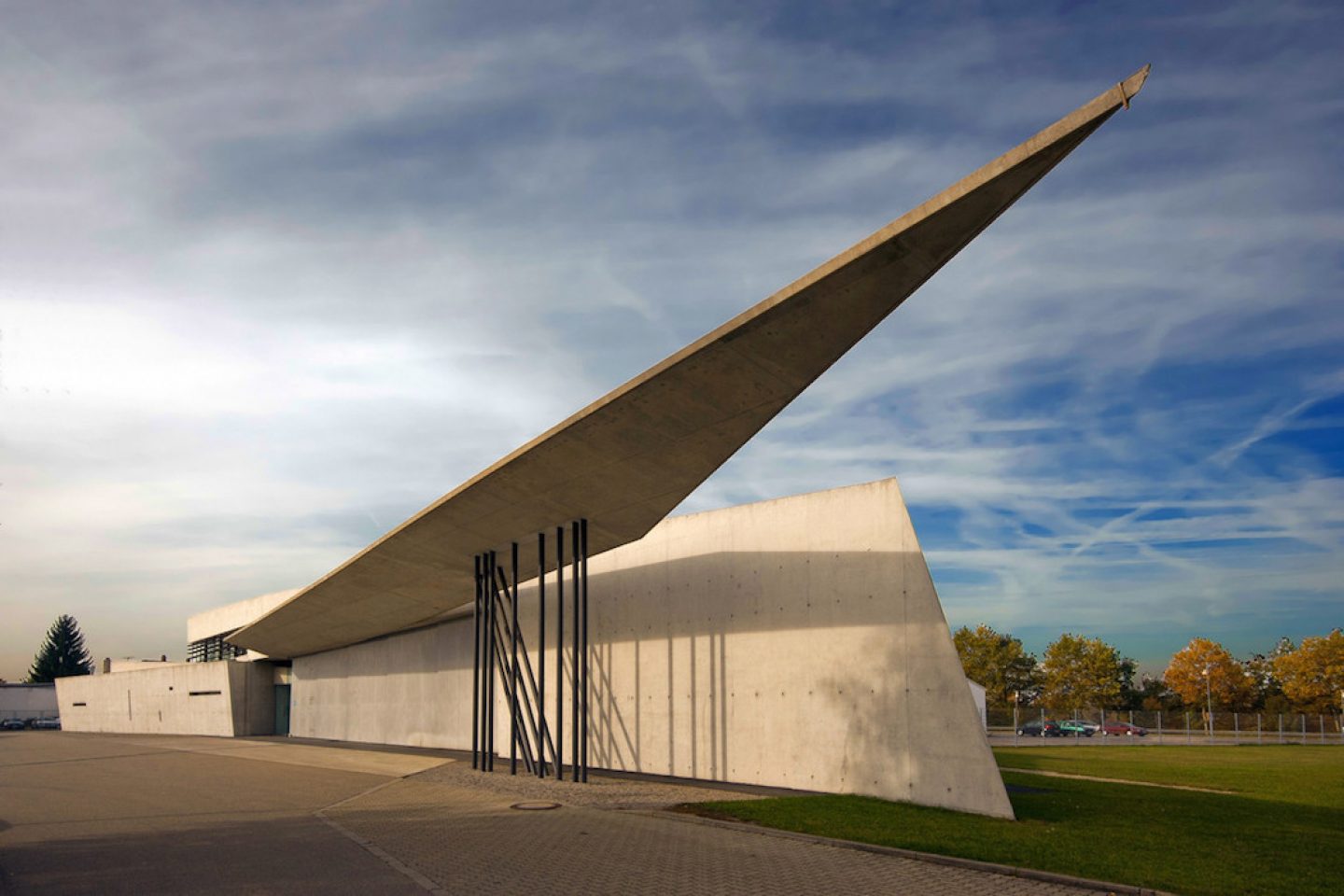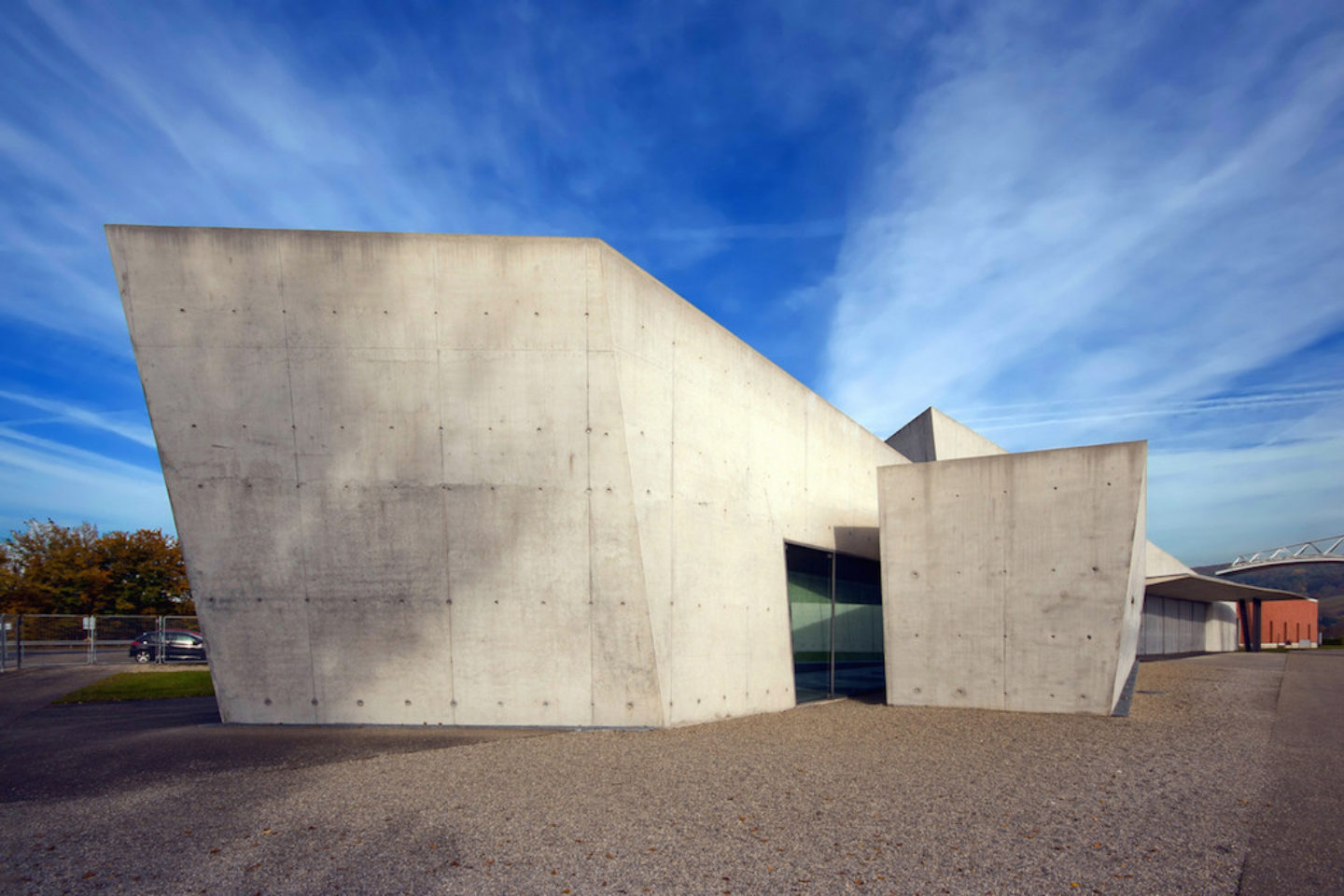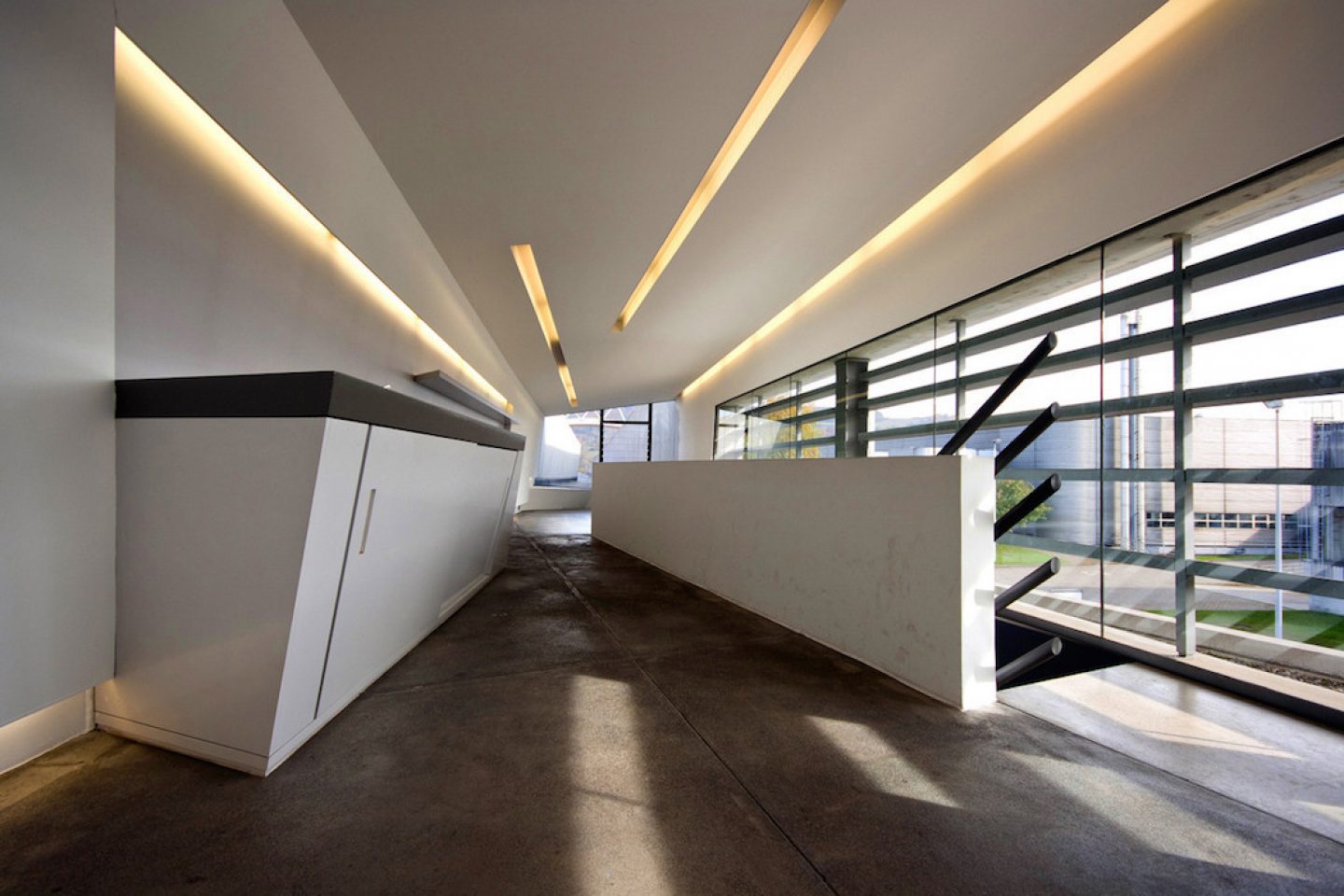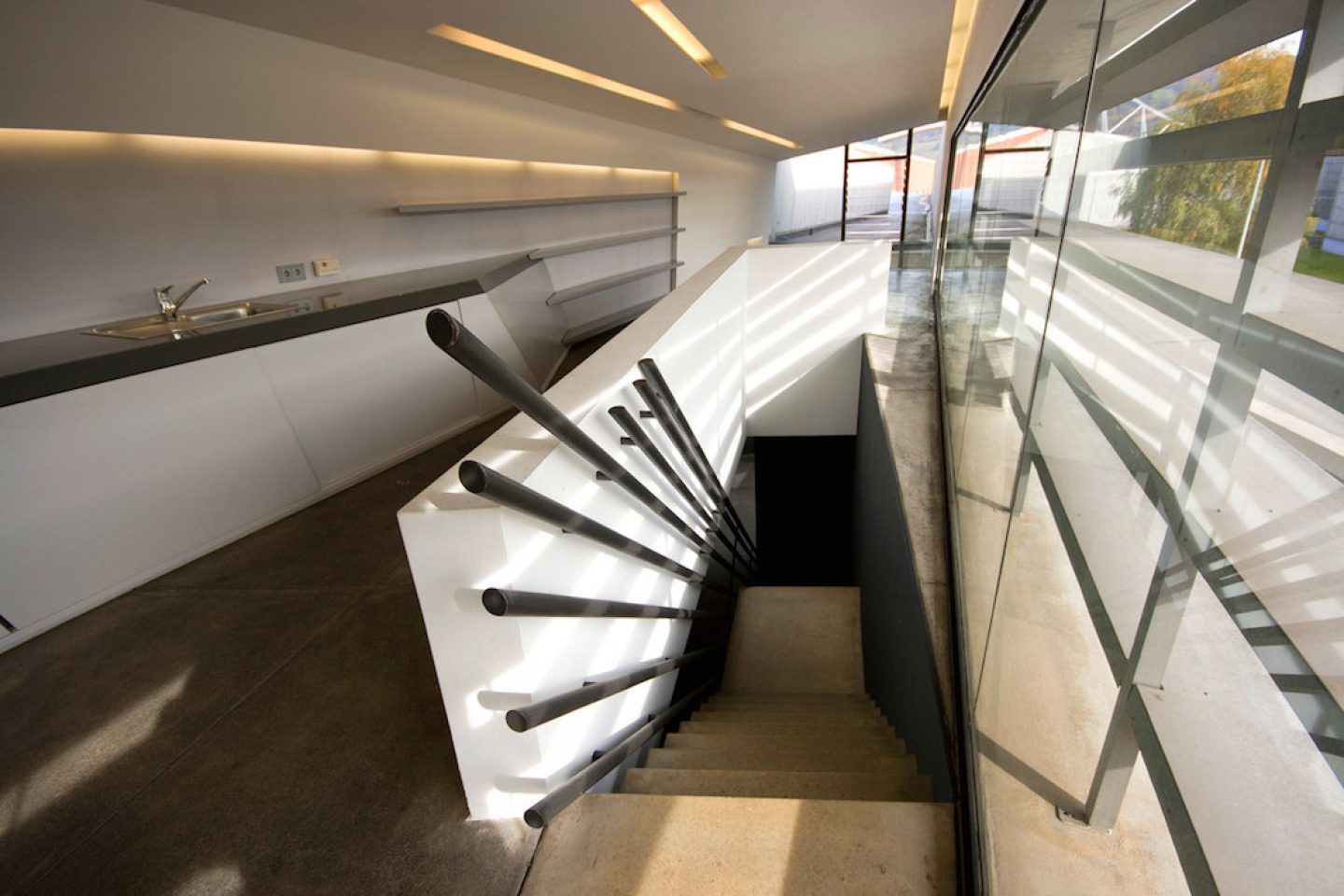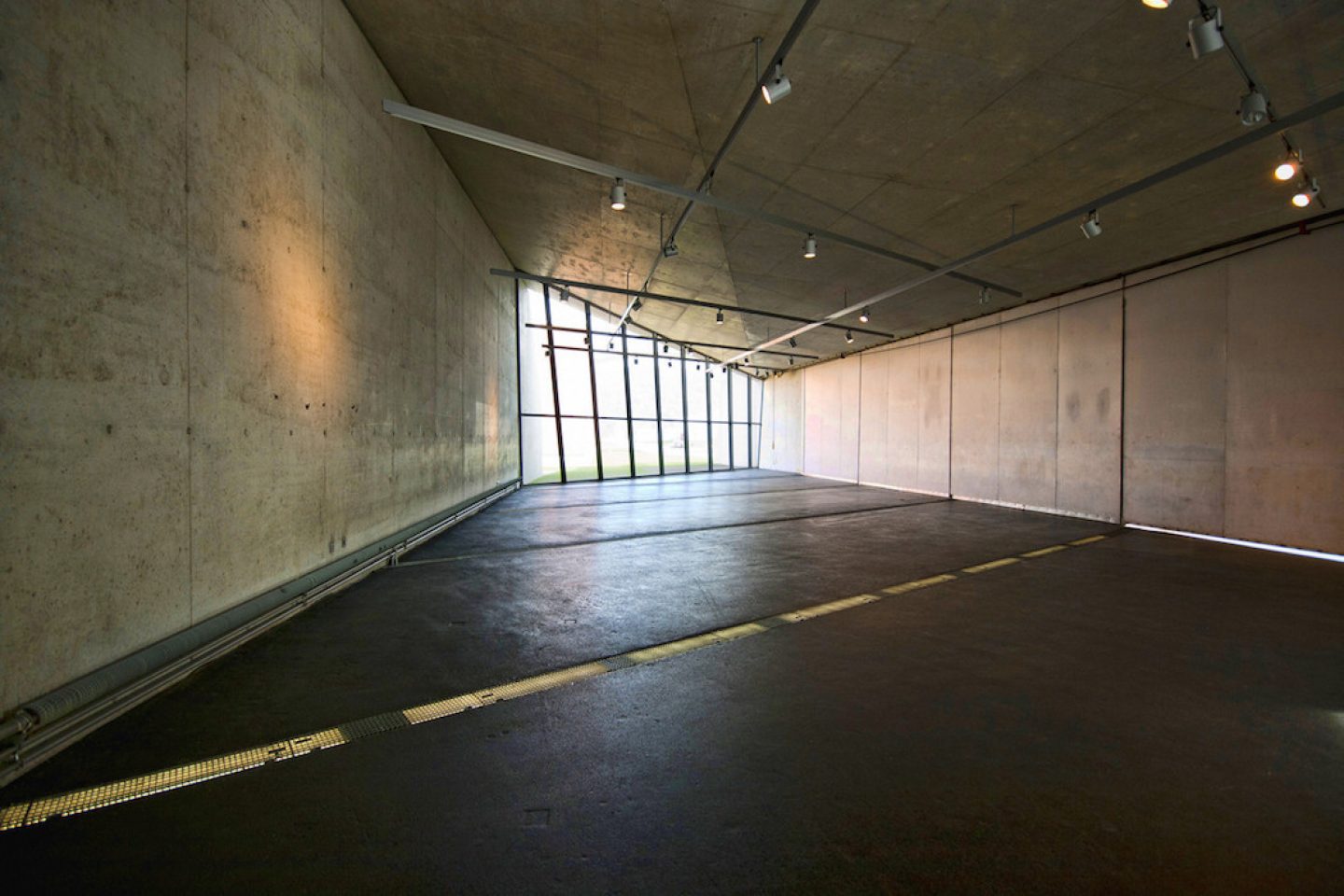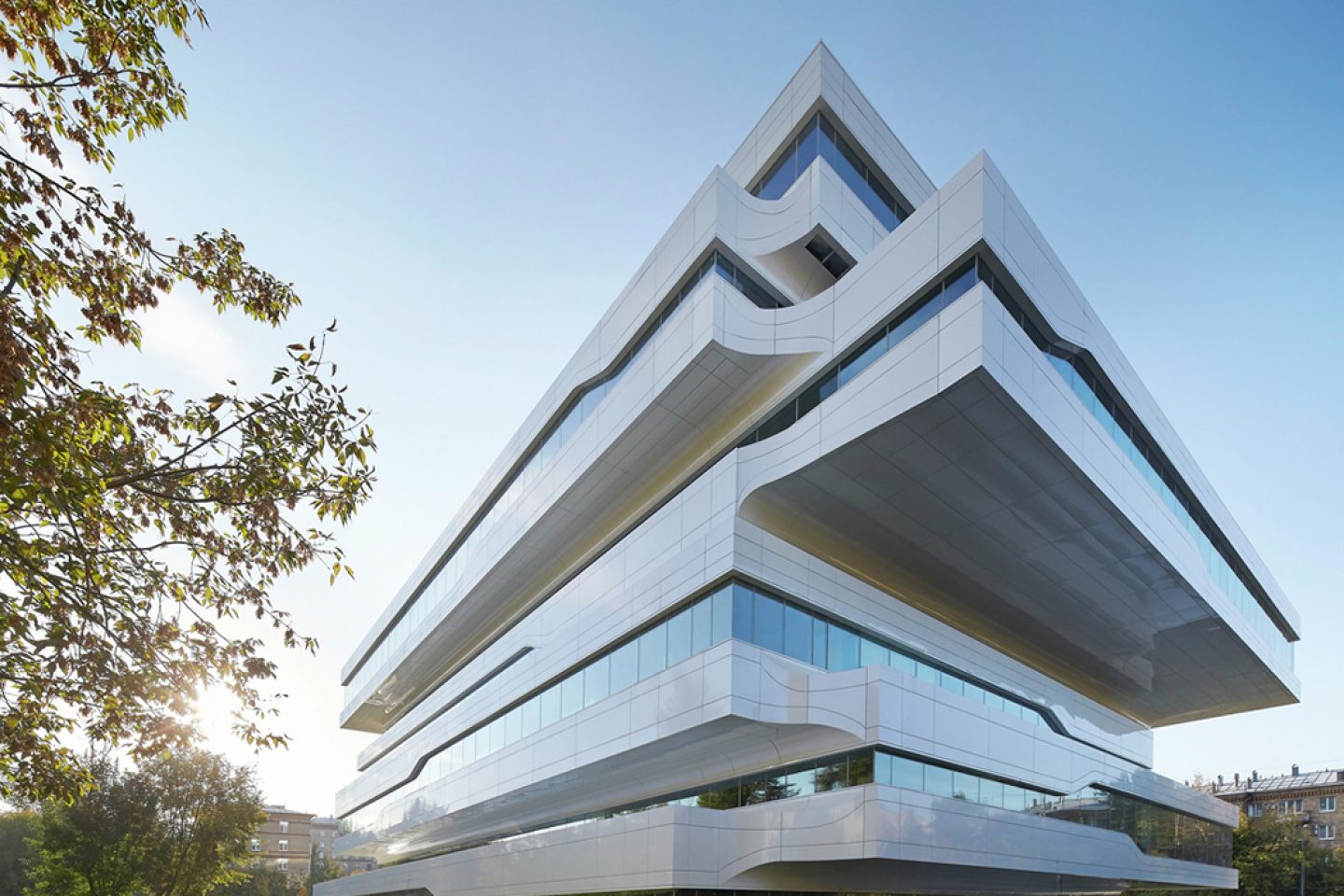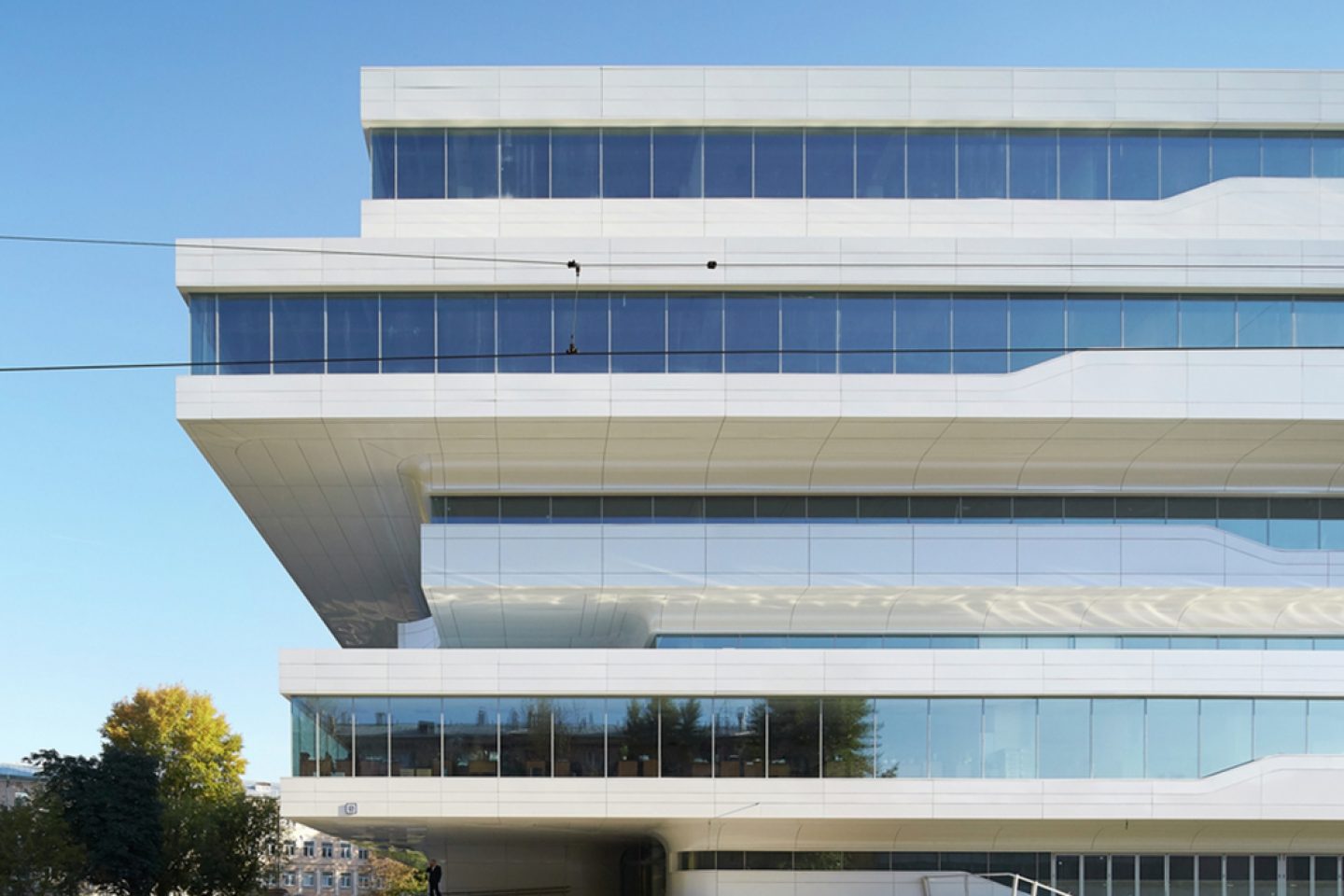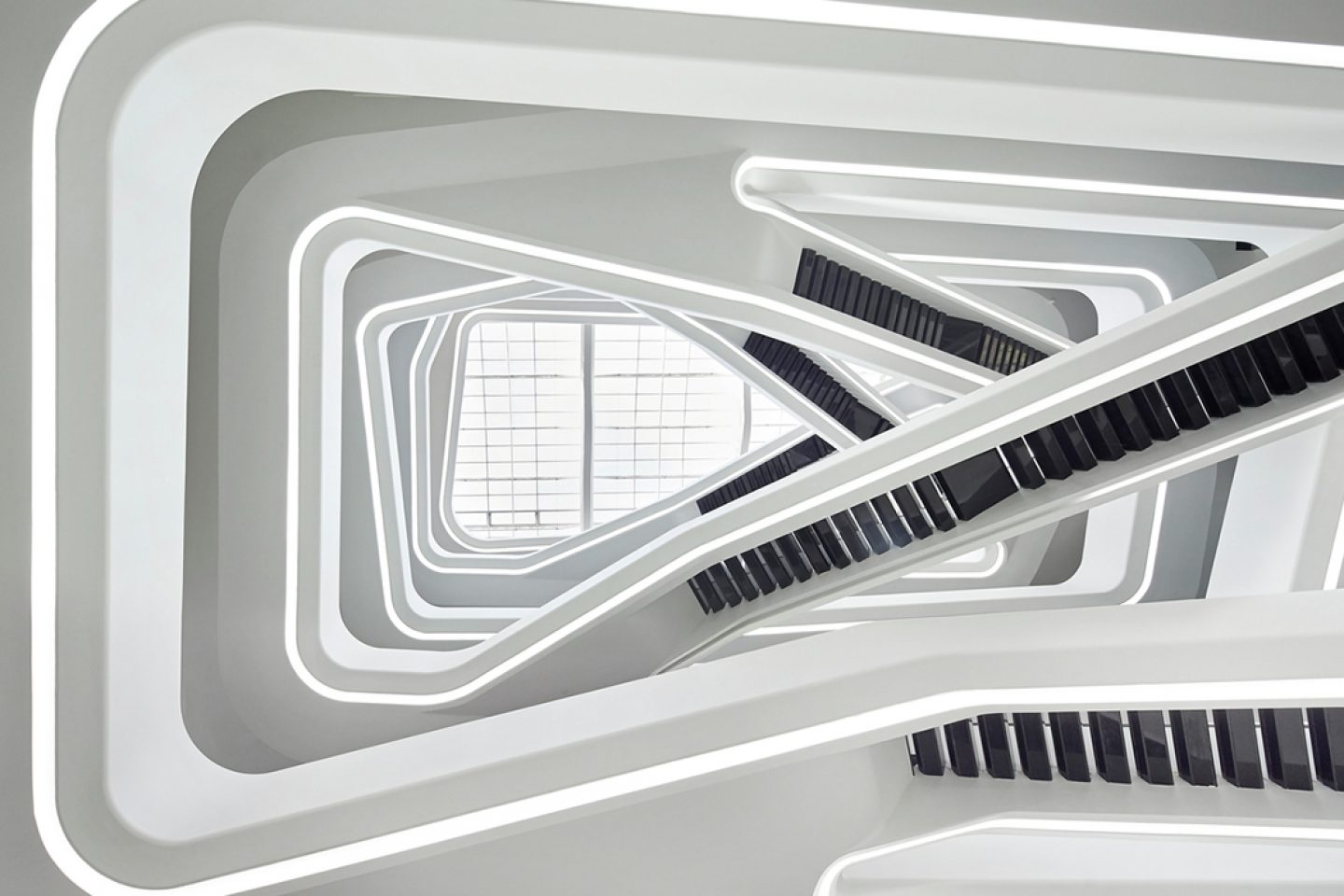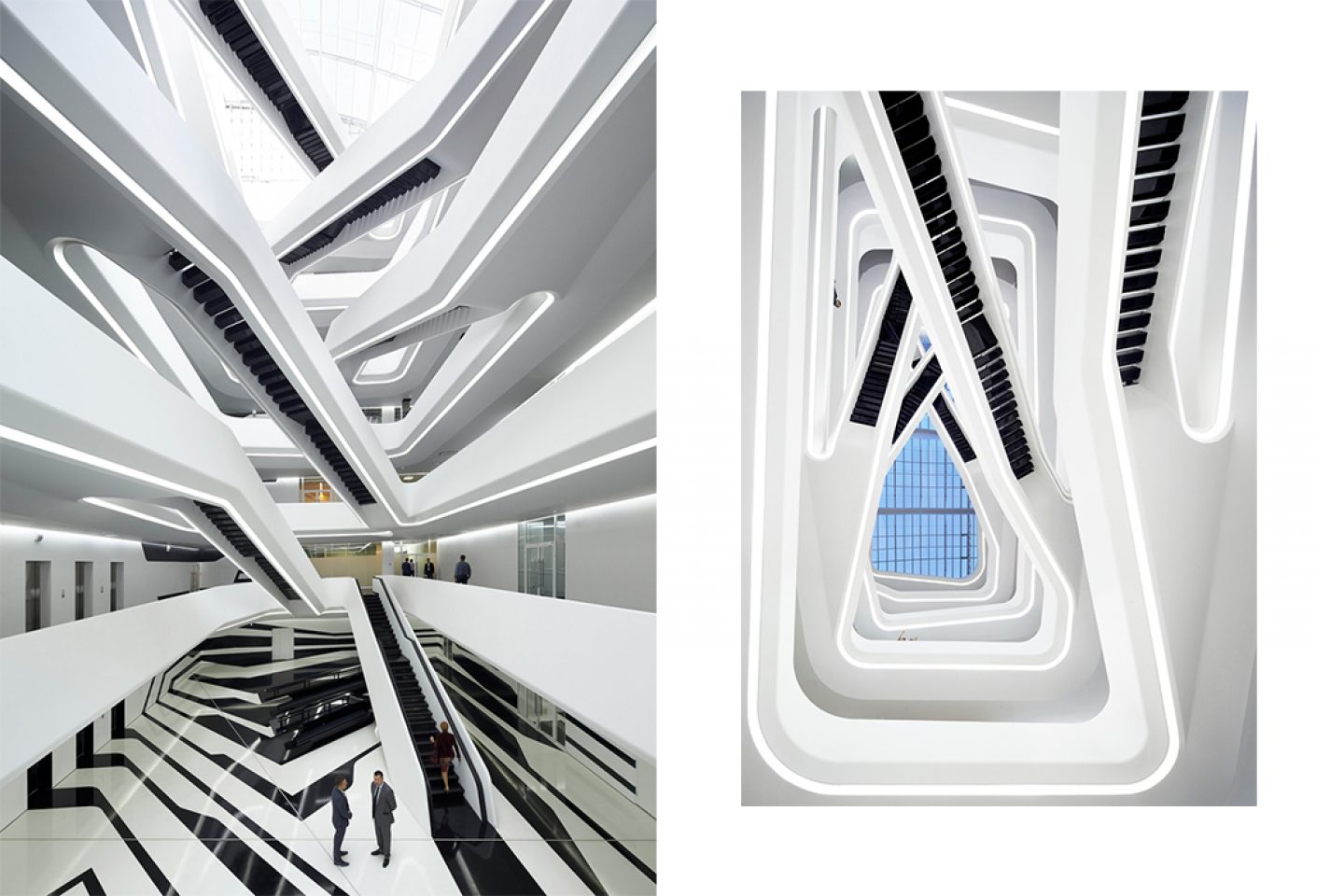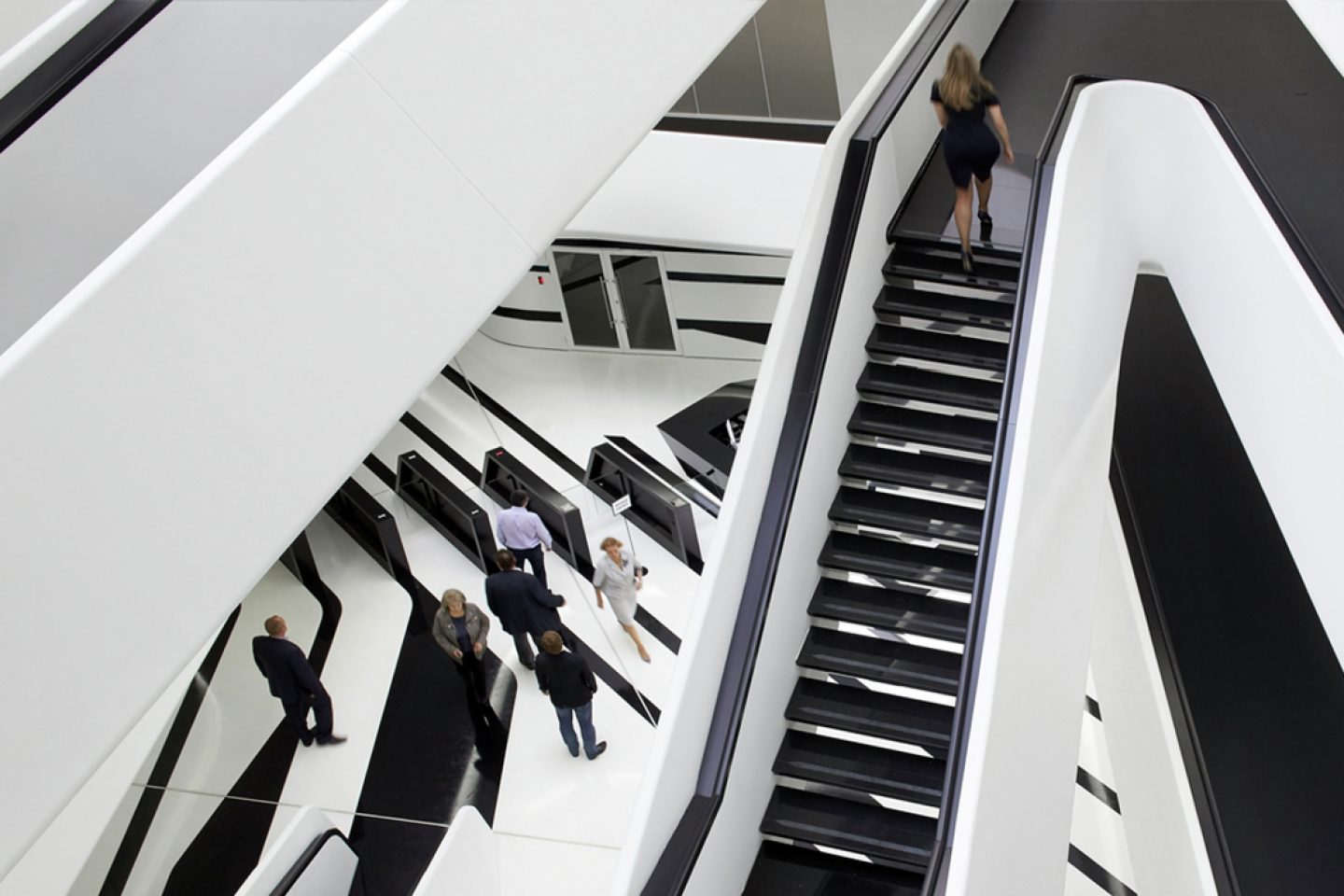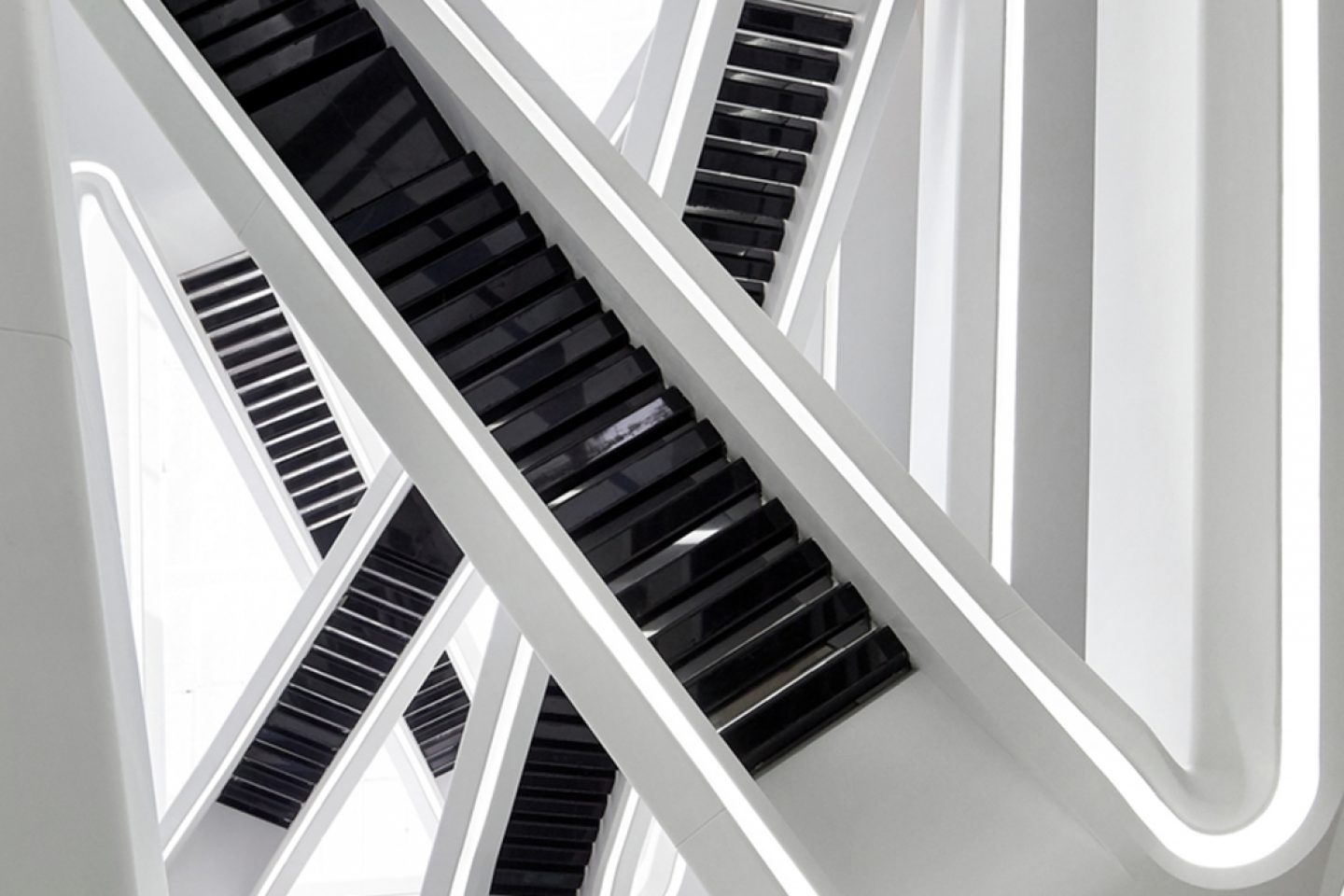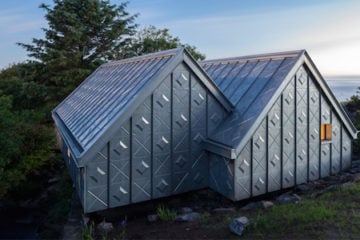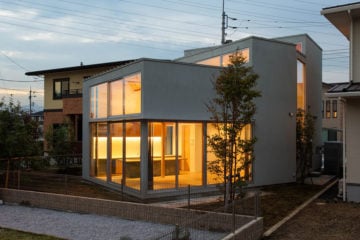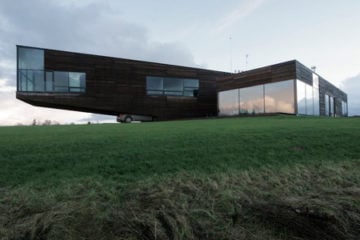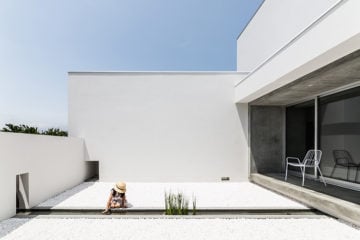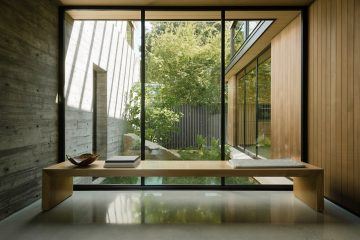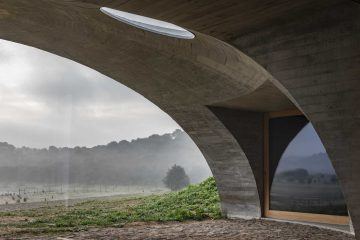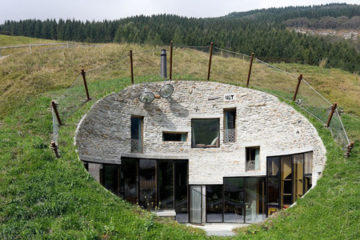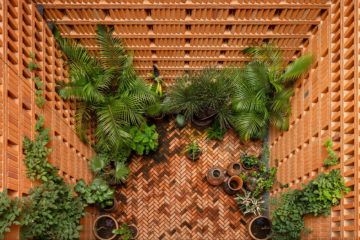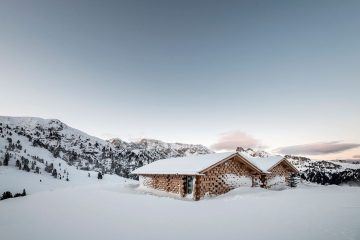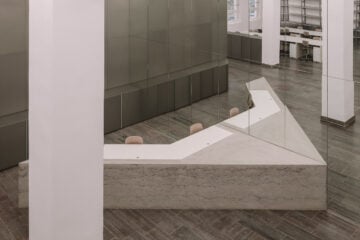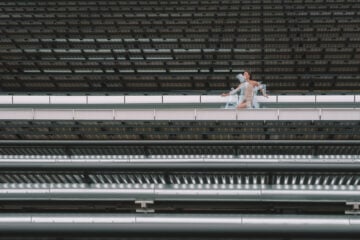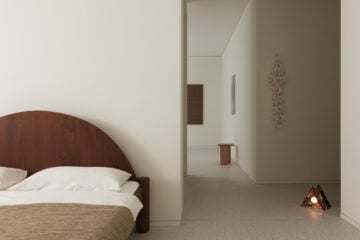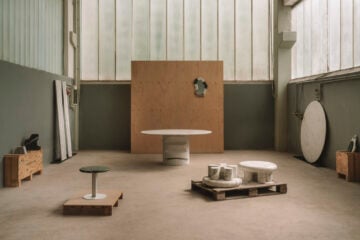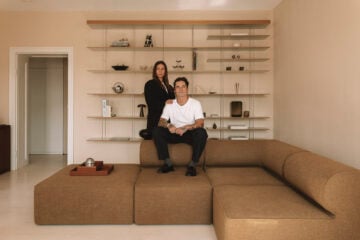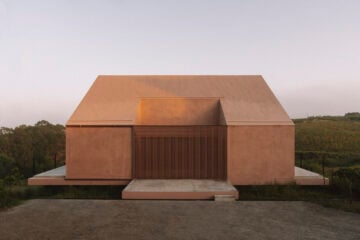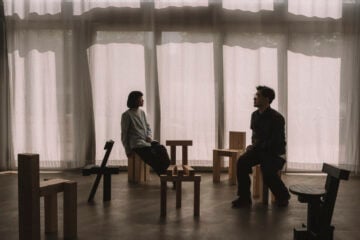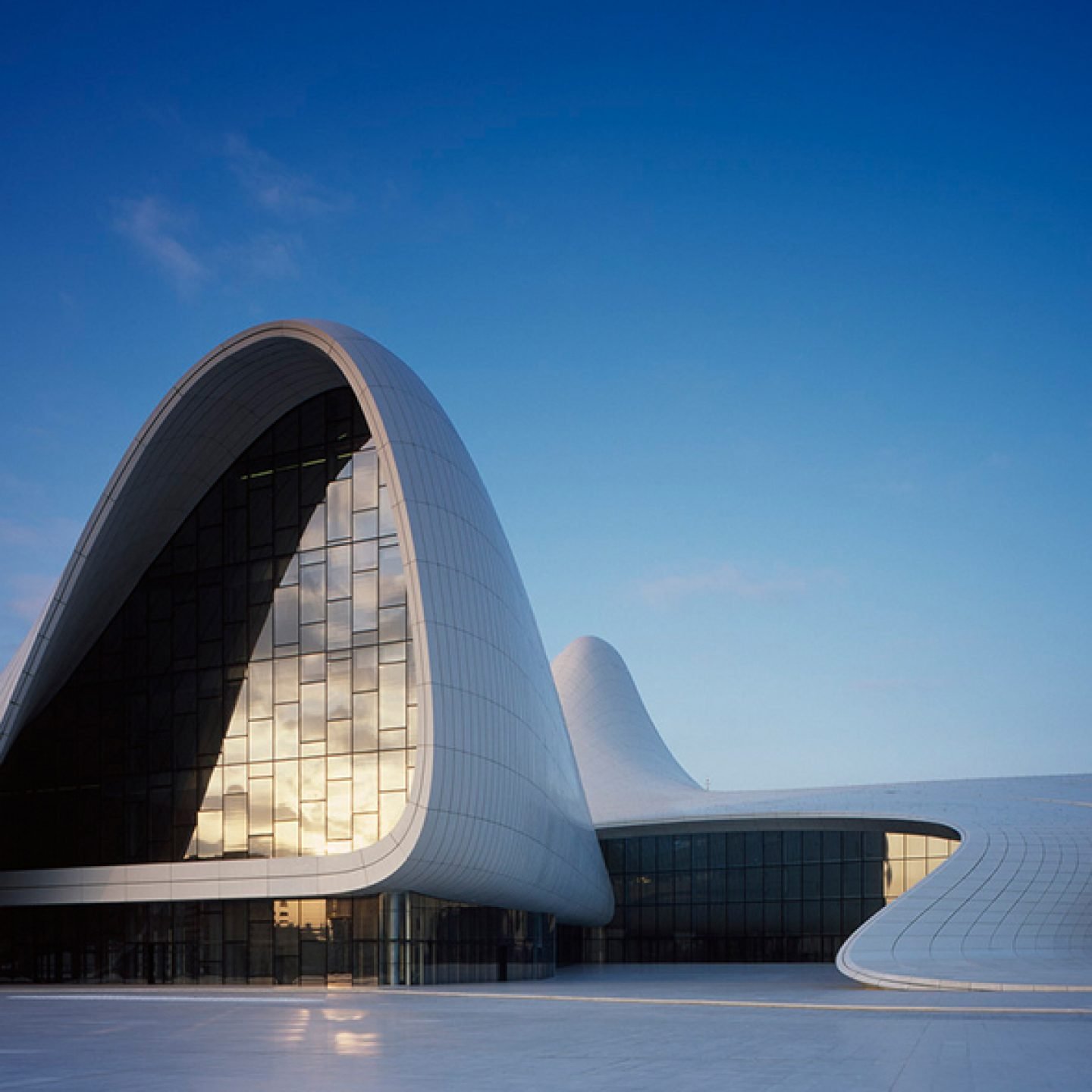
An Homage To The Architectural Genius Of Zaha Hadid
- Words
- Anna Dorothea Ker
“I started out trying to create buildings that would sparkle like isolated jewels”, said Zaha Hadid (1950-2016). “Now I want them to connect, to form a new kind of landscape, to flow together with contemporary cities and the lives of their peoples.”
The realization of this wish will undoubtably form the basis of Hadid’s legacy. Oft-accoladed, sometimes controversial and always revered, the grande dame of architecture – who passed on Thursday 31 March 2016 – leaves behind a portfolio of fearless, awe-inspiring buildings that have paved the way for generations of architects to come.
Born in 1950 in Baghdad, Iraq, Hadid spent her childhood summers traveling to visit the world’s most iconic buildings with her family – adventures which sparked her passion for the profession. After undertaking a degree in mathematics at the American University of Beirut, she made her foray into architecture in 1972, studying at London’s Architectural Association.
Establishing her own practice, Zaha Hadid Architects, soon after graduation, her first project, the Vitra Fire Station (featured below) was completed in 1993, and established her reputation as a progressive, thought-provoking force to be reckoned with. Ever since, Hadid’s designs – which encompass fashion to homeware as well as architecture – have garnered much recognition, discussion, debate and admiration. In honor of her life’s work, we turn our attention to three of her most inspiring creations.
After winning a 2007 competition to design what was to become Azerbaijan’s primary cultural institution, Zaha Hadid Architects designed the Heydar Aliyev Center as a curved, fluid structure fronted by a public plaza that serves as essential part of the city’s urban fabric. Characterized by the blurring of interior and exterior spaces, the building’s remarkable design symbolizes the nation’s move away from rigid Soviet architecture, capturing its sense of optimism and rising prosperity as it looks towards the future. “As with all of our work, the Heydar Aliyev Center’s design evolved from our investigations and research of the site’s topography and the Center’s role within its broader cultural landscape”, reads the architects’s statement. “By employing these articulate relationships, the design is embedded within this context; unfolding the future cultural possibilities for the nation.”
All images © Iwan Baan / Hufton+Crow / Hélène Binet
The project that launched Hadid’s career – the fire station at Vitra Campus in the German town of Weil am Rhine – was commissioned as part of the campus’ reconstruction following a devastating fire in 1981. Taking inspiration from the theoretical roots of deconstructivism that Hadid had previously explored in her paintings, the station was designed to link the campus to the surrounding agricultural landscape, bearing a narrow concrete profile. “The building is thought to be frozen in motion, heightening the dynamism of the forces used to create the formal aesthetic that is suspended in a state of tension creating a sense of instability”, say the architects. Today, the building houses a museum containing Vitra’s chair designs.
All images © Wojtek Gurak
The Dominion Office Building is one of the structures setting the standard for Moscow’s booming IT and creative sectors. Designed as a stacked set of levels, the building prioritizes connectivity, openness and flow, reflecting the demand of its users for multi-purpose spaces that facilitate cross-disciplinary collaboration. The building’s interior – centered around a hairpin staircase – is where Hadid’s architectural handwriting becomes truly apparent, with “balconies at each level project[ing] into the atrium and correspond[ing] to the displacement of the outer envelope.”
All images © Hufton+Crow
"The design is embedded within this context, unfolding the future cultural possibilities for the nation.”
